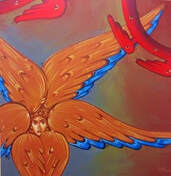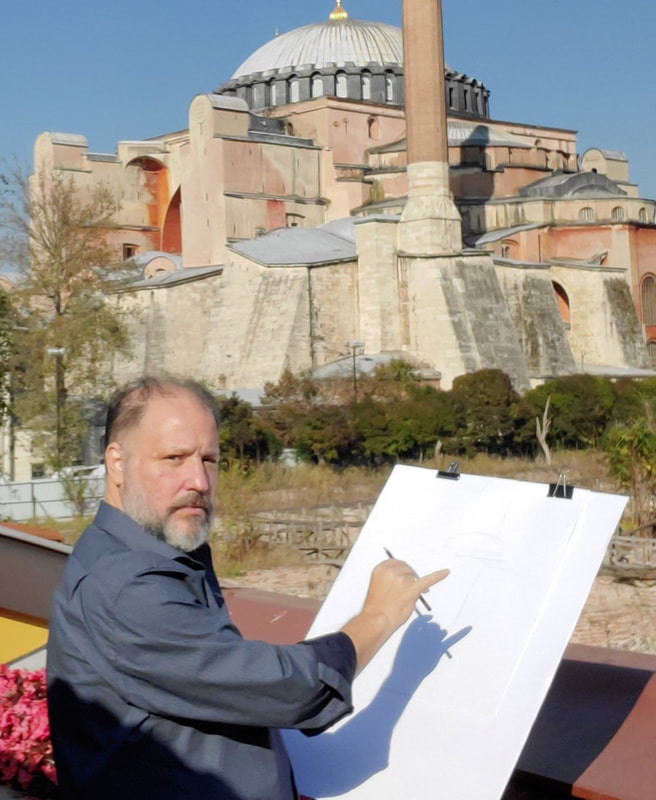|
The tragedies befalling Orthodox Christian heritage are not confined to the distant past; they persist in our present, often under the guise of political expediency. The cases of Soumela and Esphigmenou Monasteries stand as stark reminders of the ongoing plight of Orthodoxy in its historic heartlands—Greece and Turkey, the cradle of Christian civilization. Both Soumela and Esphigmenou Monasteries are masterpieces of Orthodox Christian architecture and spiritual life, with origins tracing back to the early centuries of the Church. Soumela was founded in the 4th century by Theodosius I, and Esphigmenou was established in the 5th century by Theodosius II. These monasteries have witnessed the ebb and flow of history, surviving through periods of great turmoil and change. The conquest of Soumela by the Ottoman Sultan Mehmed II in 1461 marked the beginning of a long period of subjugation, lasting until 1923, when the Treaty of Lausanne forcibly emptied the monastery, ending its millennial-old monastic life. Esphigmenou, along with the rest of Mount Athos, was conquered by the Ottomans in the early 15th century. It remained under Ottoman rule until 1912 when Greece became the protector of the peninsula, offering a semblance of security to the monastic community and inscribed its very constitution with specific conditions and responsibilities. Despite these historical conquests, the real tragedy lies in the current state of these monasteries. Soumela, now under Turkish control, has been reduced to a museum. Although recently renovated and occasionally opened for religious ceremonies, it remains a symbol of loss for the Pontian people, who see it as the pinnacle of their culture and heritage, now confined to a relic of the past. Esphigmenou, on the other hand, remains under the protection of the Greek state control. It, too, still needs to be in reach for Orthodox worship. It is under occupation by a dissident group of squatters masquerading as monks, a deleterious situation allowed by the Greek state for political expediency. This occupation is a violation of monastic tradition and a direct affront to the Orthodox faith, raising serious questions about the Greek government's commitment and fortitude to protect its spiritual heritage. What is most alarming is the commonality in the treatment of these monasteries. Both Greece and Turkey, despite their historical and cultural differences, have allowed belligerent actors to take control of these sacred sites. Turkey, with its long history of marginalizing Christian heritage, has only recently taken steps to renovate Soumela yet still controls and restricts its religious expression. Greece, a predominantly Orthodox country, shockingly permits the occupation of Esphigmenou by those who defy ecclesiastical law and the state's legal and lawful authority, all in the name of political convenience. These actions are not isolated incidents but part of a broader pattern of disregard for Orthodox Christian heritage in the very lands where Christianity first flourished. The historic homeland of Christianity—now divided between Greece and Turkey—has witnessed countless acts of cruelty toward the faith. From the Turkish forced closure of the Halki Theological School and the reconversion of numerous Christian monuments from museums back into mosques to the Greek neglect of monasteries like Dafni and the illegal occupation of Mount Athos by squatting factions, the evidence is clear: both nations, in different ways, are complicit in the erosion of Orthodox Christianity—one through provocative actions, and the other through the self-inflicted abuse of its religious heritage. Adding to this tragedy is the widespread acquisition [looting] of icons from around Greece, icons that were until recently part of the Ecumenical Patriarchate's inheritance to Orthodoxy. These priceless artifacts, central to Greek art and culture, have been allowed to languish in what should be the preeminent Byzantine Museum's permanent collection. Instead, this museum has deteriorated into a disgraceful state, with most off-limits to visitors and pilgrims. What remains open to the public is a dismal display, not just as a museum, but as a desecration of our children's Orthodox inheritance. Greece is failing on all points, allowing the very heart of its cultural and religious heritage to deteriorate and be desecrated before our eyes. And yet, not a peep from the so-called concerned tabloid journalists. Greece, with a population of 90% Orthodox, bears a constitutional responsibility and, more importantly, a profound moral obligation to protect its own cultural and religious heritage. This duty is not merely a legal requirement but a commitment to preserving the essence of the nation's identity and spiritual legacy. In stark contrast, Turkey, where 99.8% of the population is Islamic, does not share this obligation. The expectations of Turkey to protect Orthodox Christian heritage are minimal, given its dominant religious and cultural landscape. However, Greece, as a predominantly Orthodox nation, is entrusted with the sacred duty of safeguarding the treasures of its faith, history, and culture. The failure to do so is not just a national disgrace but a betrayal of its heritage and future generations. Why do we tolerate such behavior? Whether it is the Greek state allowing schismatic forces to occupy a monastery or the Turkish government restricting the religious life of an ancient Christian site, the result is the same: a slow, deliberate assault on Christ's Great Church. We must recognize that the antagonists—be they Greek or Turk—are not just attacking buildings or political entities; they are undermining the very foundation of our faith. In acknowledging these painful realities, we must also call for meaningful action—not the empty gestures of tabloid journalists who blame their antagonist while doing nothing but ranting online for clicks. Actual action requires commitment and resolve, not just words. As Orthodox Christians, wherever we may be found, we must avoid the hypocrisy of basing our concerns on ethnic or racist terms. Our dedication to preserving our heritage should be rooted in faith and a genuine commitment to our shared spiritual legacy, transcending all worldly divisions. The Orthodox world cannot afford to stand idly by while its sacred sites are desecrated or controlled by those who do not respect their spiritual significance. It is time to reclaim our heritage, not just as a matter of cultural pride, but as a duty to our faith and future generations. The restoration and proper stewardship of sanctuaries like Soumela and Esphigmenou are not just about preserving history—they are about safeguarding the living tradition of Orthodox Christianity. In closing, my decades of dedicated efforts to advocate for religious freedom starkly contrast the superficial, partisan online criticisms that amount to little more than sensationalist notoriety. While some engage in empty rhetoric, my commitment is grounded in tangible actions and unwavering support for Esphigmenou Monastery, my spiritual mother, the Ecumenical Patriarchate, and the Orthodox faith. Preserving our heritage and defending our spiritual legacy starts at home. Δεν επιτρέπεται η πρόσβαση στο μοναστήρι
Οι τραγωδίες που πλήττουν την ορθόδοξη χριστιανική κληρονομιά δεν περιορίζονται στο μακρινό παρελθόν· Επιμένουν στο παρόν μας, συχνά υπό το πρόσχημα πολιτικών σκοπιμοτήτων. Οι περιπτώσεις των μοναστηριών Σουμελά και Εσφιγμένου αποτελούν έντονες υπενθυμίσεις της συνεχιζόμενης δεινής κατάστασης της Ορθοδοξίας στην ιστορική της καρδιά – την Ελλάδα και την Τουρκία, το λίκνο του χριστιανικού πολιτισμού. Τόσο η Μονή Σουμελά όσο και η Μονή Εσφιγμένου είναι αριστουργήματα της ορθόδοξης χριστιανικής αρχιτεκτονικής και πνευματικής ζωής, με ρίζες στους πρώτους αιώνες της Εκκλησίας. Η Σουμελά ιδρύθηκε τον 4ο αιώνα από τον Θεοδόσιο Α ́ και η Εσφιγμένου ιδρύθηκε τον 5ο αιώνα από τον Θεοδόσιο Β ́. Αυτά τα μοναστήρια έχουν δει την άμπωτη και τη ροή της ιστορίας, επιβιώνοντας μέσα από περιόδους μεγάλης αναταραχής και αλλαγής. Η κατάκτηση της Σουμελά από τον Οθωμανό Σουλτάνο Μωάμεθ Β ́ το 1461 σηματοδότησε την αρχή μιας μακράς περιόδου υποταγής, που διήρκεσε μέχρι το 1923, όταν η Συνθήκη της Λωζάνης άδειασε βίαια το μοναστήρι, τερματίζοντας τη χιλιετή μοναστική ζωή του. Η Εσφιγμένου, μαζί με το υπόλοιπο Άγιο Όρος, κατακτήθηκε από τους Οθωμανούς στις αρχές του 15ου αιώνα. Παρέμεινε υπό οθωμανική κυριαρχία μέχρι το 1912, όταν η Ελλάδα έγινε προστάτιδα της χερσονήσου, προσφέροντας μια επίφαση ασφάλειας στη μοναστική κοινότητα και εγγράφει το ίδιο το σύνταγμά της με συγκεκριμένους όρους και ευθύνες. Παρά αυτές τις ιστορικές κατακτήσεις, η πραγματική τραγωδία έγκειται στη σημερινή κατάσταση αυτών των μοναστηριών. Η Σουμελά, που τώρα βρίσκεται υπό τουρκικό έλεγχο, έχει μετατραπεί σε μουσείο. Αν και πρόσφατα ανακαινισμένο και περιστασιακά ανοιχτό για θρησκευτικές τελετές, παραμένει σύμβολο απώλειας για τον ποντιακό λαό, ο οποίος το βλέπει ως το αποκορύφωμα του πολιτισμού και της κληρονομιάς του, που τώρα περιορίζεται σε ένα λείψανο του παρελθόντος. Ο Εσφιγμένου, από την άλλη πλευρά, παραμένει υπό την προστασία του ελληνικού κρατικού ελέγχου. Επίσης, πρέπει ακόμα να είναι προσιτή στην Ορθόδοξη λατρεία. Βρίσκεται υπό κατάληψη από μια ομάδα αντιφρονούντων καταληψιών μεταμφιεσμένων σε μοναχούς, μια επιζήμια κατάσταση που επιτρέπεται από το ελληνικό κράτος για πολιτικές σκοπιμότητες. Αυτή η κατάληψη αποτελεί παραβίαση της μοναστικής παράδοσης και άμεση προσβολή της ορθόδοξης πίστης, εγείροντας σοβαρά ερωτήματα σχετικά με τη δέσμευση και το σθένος της ελληνικής κυβέρνησης να προστατεύσει την πνευματική της κληρονομιά. Το πιο ανησυχητικό είναι η ομοιότητα στη μεταχείριση αυτών των μοναστηριών. Τόσο η Ελλάδα όσο και η Τουρκία, παρά τις ιστορικές και πολιτιστικές διαφορές τους, επέτρεψαν σε εμπόλεμους παράγοντες να πάρουν τον έλεγχο αυτών των ιερών τόπων. Η Τουρκία, με τη μακρά ιστορία περιθωριοποίησης της χριστιανικής κληρονομιάς, μόλις πρόσφατα έλαβε μέτρα για την ανακαίνιση της Σουμελά, αλλά εξακολουθεί να ελέγχει και να περιορίζει τη θρησκευτική της έκφραση. Η Ελλάδα, μια κατεξοχήν ορθόδοξη χώρα, επιτρέπει συγκλονιστικά την κατάληψη της Εσφιγμένου από εκείνους που αψηφούν το εκκλησιαστικό δίκαιο και τη νόμιμη και νόμιμη εξουσία του κράτους, όλα στο όνομα της πολιτικής ευκολίας. Αυτές οι ενέργειες δεν είναι μεμονωμένα περιστατικά, αλλά μέρος ενός ευρύτερου μοτίβου περιφρόνησης της Ορθόδοξης Χριστιανικής κληρονομιάς στις ίδιες τις χώρες όπου ο Χριστιανισμός άκμασε για πρώτη φορά. Η ιστορική πατρίδα του Χριστιανισμού – τώρα διαιρεμένη μεταξύ Ελλάδας και Τουρκίας – έχει γίνει μάρτυρας αμέτρητων πράξεων σκληρότητας προς την πίστη. Από το αναγκαστικό κλείσιμο της Θεολογικής Σχολής της Χάλκης από την Τουρκία και τη μετατροπή πολλών χριστιανικών μνημείων από μουσεία πίσω σε τζαμιά μέχρι την ελληνική παραμέληση μοναστηριών όπως η Δάφνη και την παράνομη κατοχή του Αγίου Όρους από καταλήψεις φατριών, τα στοιχεία είναι σαφή: και τα δύο έθνη, με διαφορετικούς τρόπους, είναι συνένοχα στη διάβρωση του Ορθόδοξου Χριστιανισμού – το ένα μέσω προκλητικών ενεργειών. και το άλλο μέσω της αυτοεπιβαλλόμενης κακοποίησης της θρησκευτικής του κληρονομιάς. Σε αυτή την τραγωδία προστίθεται η εκτεταμένη απόκτηση εικόνων από όλη την Ελλάδα, εικόνων που μέχρι πρόσφατα αποτελούσαν μέρος της κληρονομιάς του Οικουμενικού Πατριαρχείου στην Ορθοδοξία. Αυτά τα ανεκτίμητα αντικείμενα, κεντρικά για την ελληνική τέχνη και τον πολιτισμό, αφέθηκαν να μαραζώσουν σε αυτό που θα έπρεπε να είναι η μόνιμη συλλογή του εξέχοντος Βυζαντινού Μουσείου. Αντ 'αυτού, αυτό το μουσείο έχει επιδεινωθεί σε μια επαίσχυντη κατάσταση, με τα περισσότερα εκτός ορίων για τους επισκέπτες και τους προσκυνητές. Αυτό που παραμένει ανοιχτό για το κοινό είναι μια θλιβερή έκθεση, όχι μόνο ως μουσείο, αλλά ως βεβήλωση της ορθόδοξης κληρονομιάς των παιδιών μας. Η Ελλάδα αποτυγχάνει σε όλα τα σημεία, αφήνοντας την ίδια την καρδιά της πολιτιστικής και θρησκευτικής κληρονομιάς της να υποβαθμιστεί και να βεβηλωθεί μπροστά στα μάτια μας. Και όμως, ούτε ένα τιτίβισμα από τους λεγόμενους ανήσυχους δημοσιογράφους των ταμπλόιντ. Η Ελλάδα, με πληθυσμό 90% ορθόδοξο, φέρει συνταγματική ευθύνη και, κυρίως, βαθιά ηθική υποχρέωση να προστατεύσει τη δική της πολιτιστική και θρησκευτική κληρονομιά. Αυτό το καθήκον δεν είναι απλώς μια νομική απαίτηση, αλλά μια δέσμευση για τη διατήρηση της ουσίας της ταυτότητας και της πνευματικής κληρονομιάς του έθνους. Σε πλήρη αντίθεση, η Τουρκία, όπου το 99,8% του πληθυσμού είναι ισλαμιστές, δεν μοιράζεται αυτή την υποχρέωση. Οι προσδοκίες της Τουρκίας για την προστασία της ορθόδοξης χριστιανικής κληρονομιάς είναι ελάχιστες, δεδομένου του κυρίαρχου θρησκευτικού και πολιτιστικού τοπίου. Ωστόσο, η Ελλάδα, ως κατεξοχήν ορθόδοξο έθνος, είναι επιφορτισμένη με το ιερό καθήκον της διαφύλαξης των θησαυρών της πίστης, της ιστορίας και του πολιτισμού της. Η αποτυχία να γίνει αυτό δεν είναι μόνο εθνική ντροπή, αλλά προδοσία της κληρονομιάς της και των μελλοντικών γενεών. Γιατί ανεχόμαστε τέτοιες συμπεριφορές; Είτε πρόκειται για το ελληνικό κράτος που επιτρέπει σε σχισματικές δυνάμεις να καταλάβουν ένα μοναστήρι είτε για την τουρκική κυβέρνηση που περιορίζει τη θρησκευτική ζωή ενός αρχαίου χριστιανικού χώρου, το αποτέλεσμα είναι το ίδιο: μια αργή, σκόπιμη επίθεση στη Μεγάλη Εκκλησία του Χριστού. Πρέπει να αναγνωρίσουμε ότι οι ανταγωνιστές -είτε είναι Έλληνες είτε Τούρκοι- δεν επιτίθενται μόνο σε κτίρια ή πολιτικές οντότητες. Υπονομεύουν το ίδιο το θεμέλιο της πίστης μας. Αναγνωρίζοντας αυτές τις οδυνηρές πραγματικότητες, πρέπει επίσης να ζητήσουμε ουσιαστική δράση - όχι τις κενές χειρονομίες των δημοσιογράφων ταμπλόιντ που κατηγορούν τον ανταγωνιστή τους, ενώ δεν κάνουν τίποτα άλλο από το να παραληρούν στο διαδίκτυο για κλικ. Η πραγματική δράση απαιτεί δέσμευση και αποφασιστικότητα, όχι μόνο λόγια. Ως Ορθόδοξοι Χριστιανοί, όπου κι αν βρισκόμαστε, πρέπει να αποφεύγουμε την υποκρισία να βασίζουμε τις ανησυχίες μας σε εθνοτικούς ή ρατσιστικούς όρους. Η αφοσίωσή μας στη διατήρηση της κληρονομιάς μας πρέπει να βασίζεται στην πίστη και σε μια γνήσια δέσμευση στην κοινή πνευματική κληρονομιά μας, υπερβαίνοντας όλες τις εγκόσμιες διαιρέσεις. Ο ορθόδοξος κόσμος δεν έχει την πολυτέλεια να παραμένει αδρανής, ενώ οι ιεροί τόποι του βεβηλώνονται ή ελέγχονται από εκείνους που δεν σέβονται την πνευματική τους σημασία. Είναι καιρός να ανακτήσουμε την κληρονομιά μας, όχι μόνο ως θέμα πολιτιστικής υπερηφάνειας, αλλά ως καθήκον προς την πίστη μας και τις μελλοντικές γενιές. Η αποκατάσταση και η σωστή διαχείριση ιερών όπως η Σουμελά και η Εσφιγμένου δεν αφορούν μόνο τη διατήρηση της ιστορίας, αλλά και τη διαφύλαξη της ζωντανής παράδοσης του Ορθόδοξου Χριστιανισμού. Κλείνοντας, οι δεκαετίες αφοσιωμένων προσπαθειών μου να υποστηρίξω τη θρησκευτική ελευθερία έρχονται σε πλήρη αντίθεση με τις επιφανειακές, κομματικές διαδικτυακές επικρίσεις που ισοδυναμούν με κάτι περισσότερο από σκανδαλοθηρική φήμη. Ενώ κάποιοι επιδίδονται σε κενές ρητορείες, η δέσμευσή μου βασίζεται σε απτές πράξεις και ακλόνητη υποστήριξη προς τη Μονή Εσφιγμένου, την πνευματική μου μητέρα, το Οικουμενικό Πατριαρχείο και την Ορθόδοξη πίστη. Η διατήρηση της κληρονομιάς μας και η υπεράσπιση της πνευματικής μας κληρονομιάς ξεκινά από το σπίτι. Comments are closed.
|
Most Popular Posts
Archives
August 2024
Categories
All
Αγιογράφος
Ηλίας Δαμιανάκης Άρχων Μαΐστωρ της Μεγάλης του Χριστού Εκκλησίας AuthorBy the Grace of God Archon Elias Damianakis has ministered in the study of Holy Iconography since 1980. In his biography you can read about Elias' life and on his portfolio page you can see where he has rendered some of his hand painted iconography or visit the photo galleries to see some of his work. There is a complete list of featured articles, awards and testimonials which you can visit, as well as a list of notable achievements here below. Please contact Elias for more information or suggestions for this website, thank you and God Bless. |
|
Orthodox Iconography
by the hand Sub-Deacon Elias Damianakis Hagiographos (Iconographer) Archon Maestor of The Great Church of Christ Archon of The Ecumenical Patriarchate [email protected] 727-372-0711 |
ο Άρχων Μαΐστωρ της Μεγάλης του Χριστού Εκκλησίας
Υποδιάκονος Ηλίας Δαμιανάκης -Αγιογράφος
Disclaimer: The views and opinions expressed on this site are those of the author and do not necessarily reflect the official policy or position of any organization I have been, currently, or will be affiliated within the future.
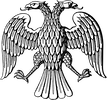

















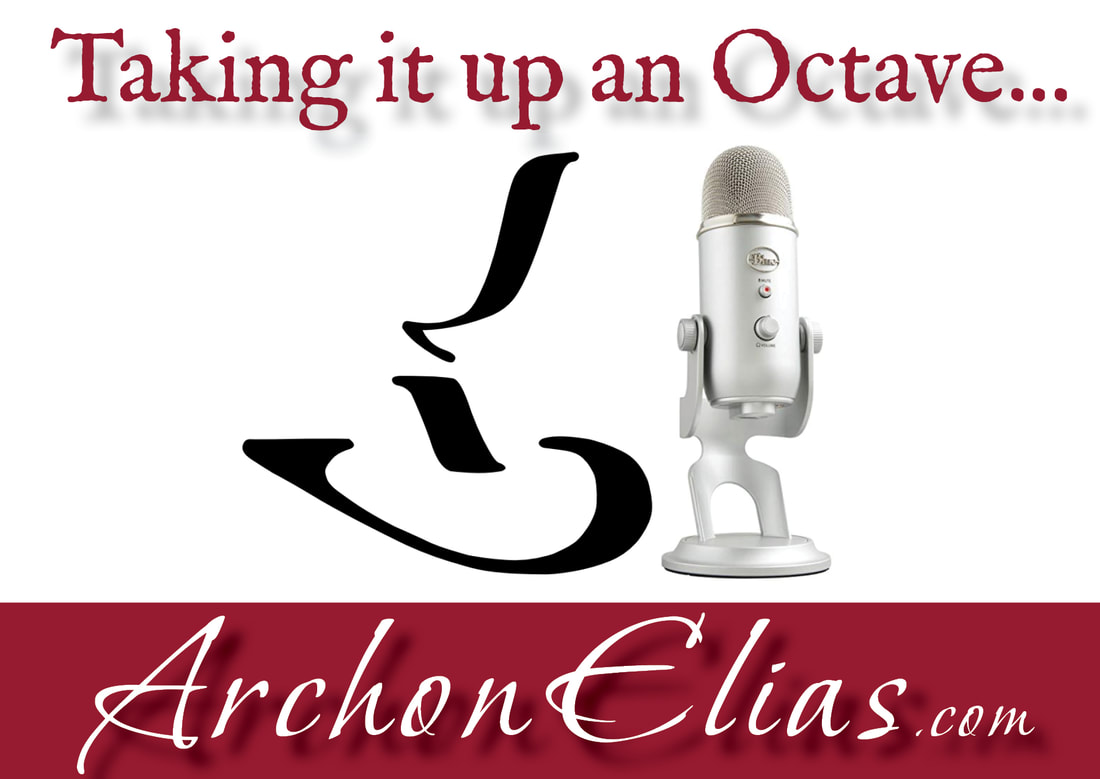
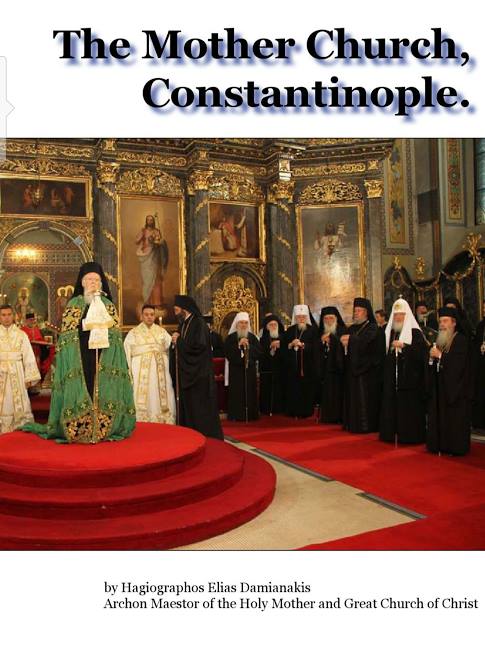
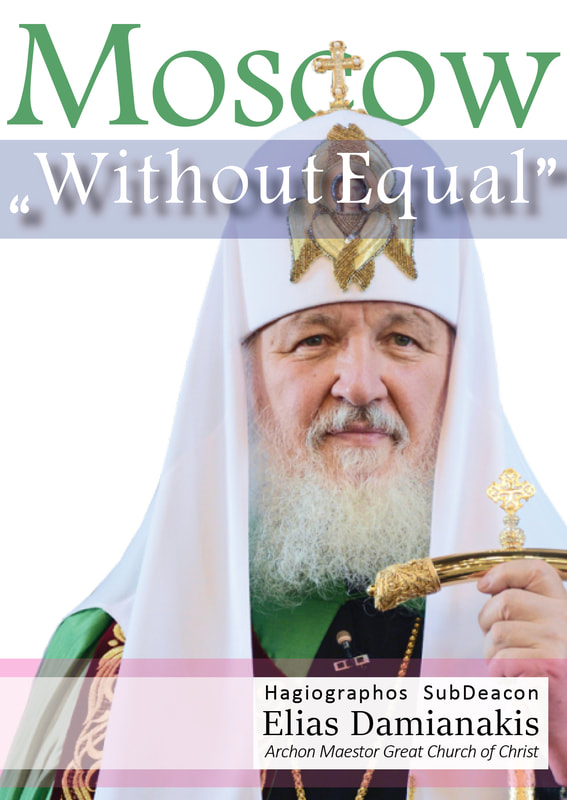
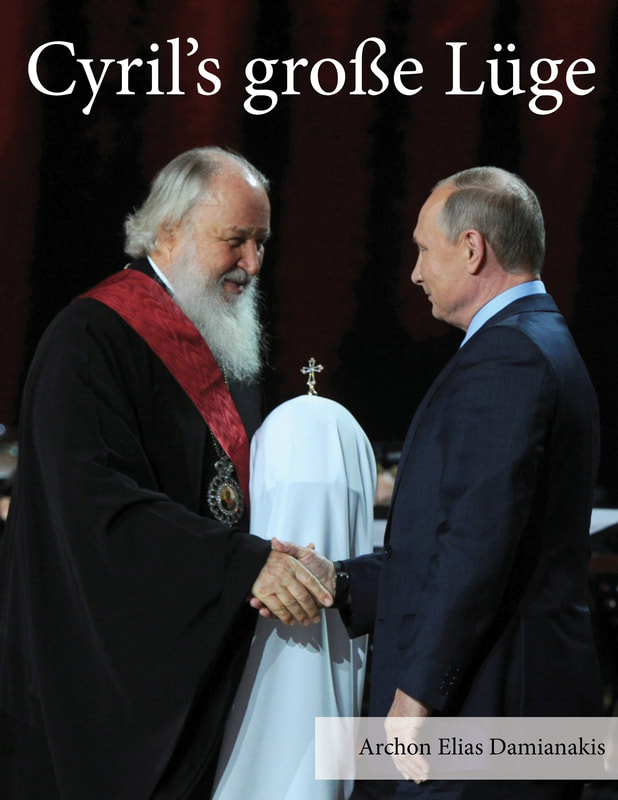
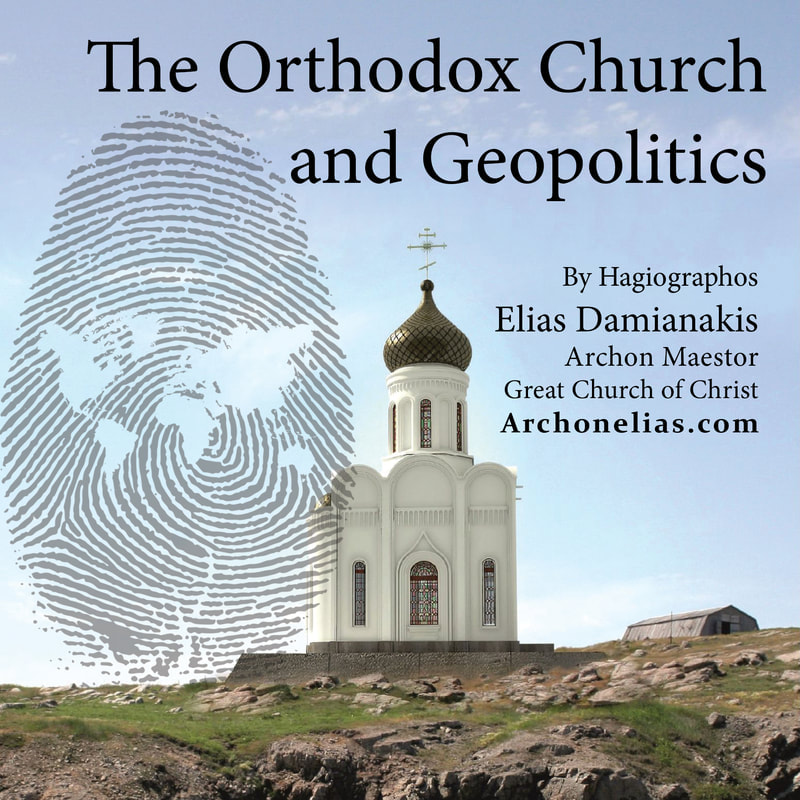
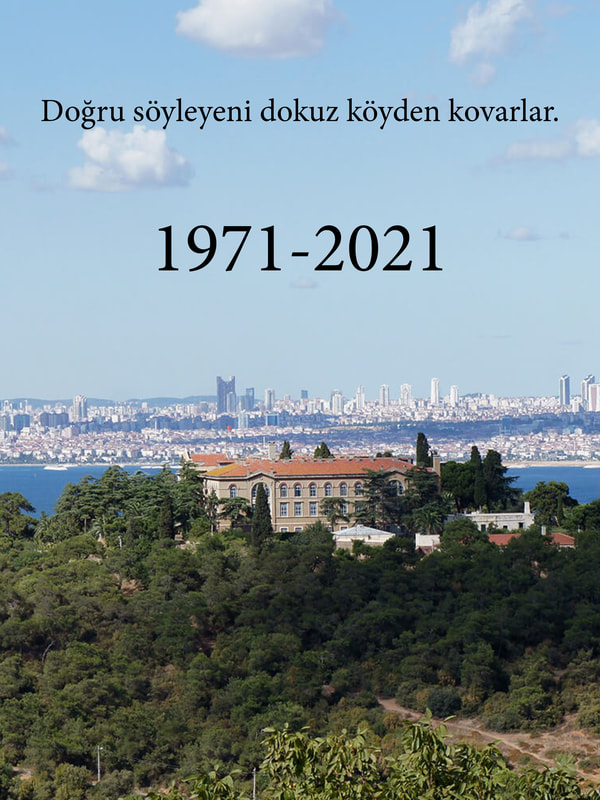
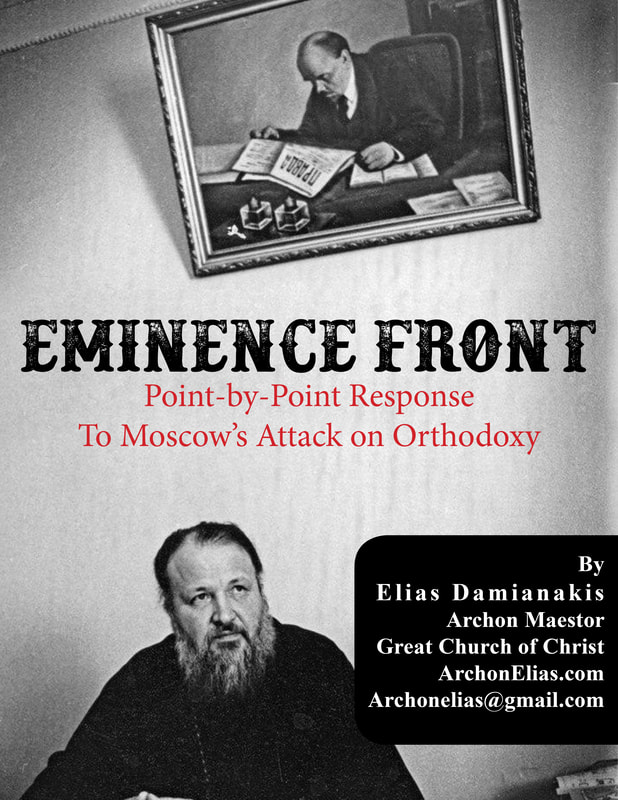
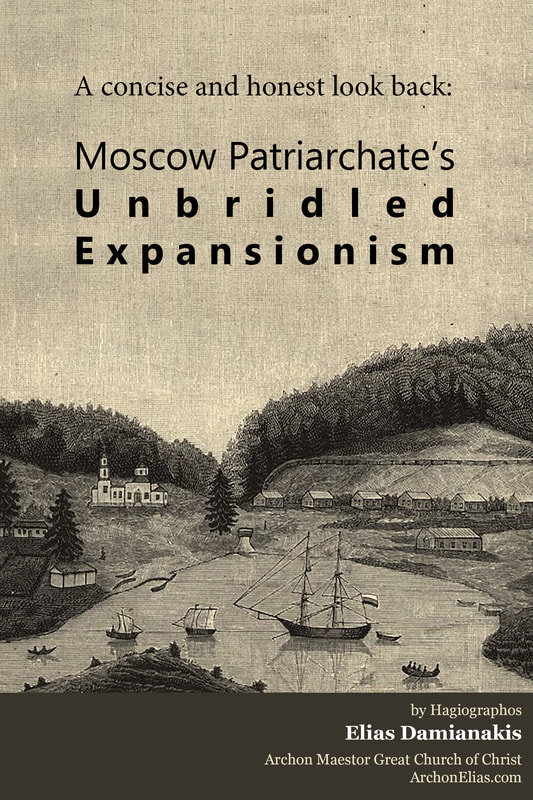
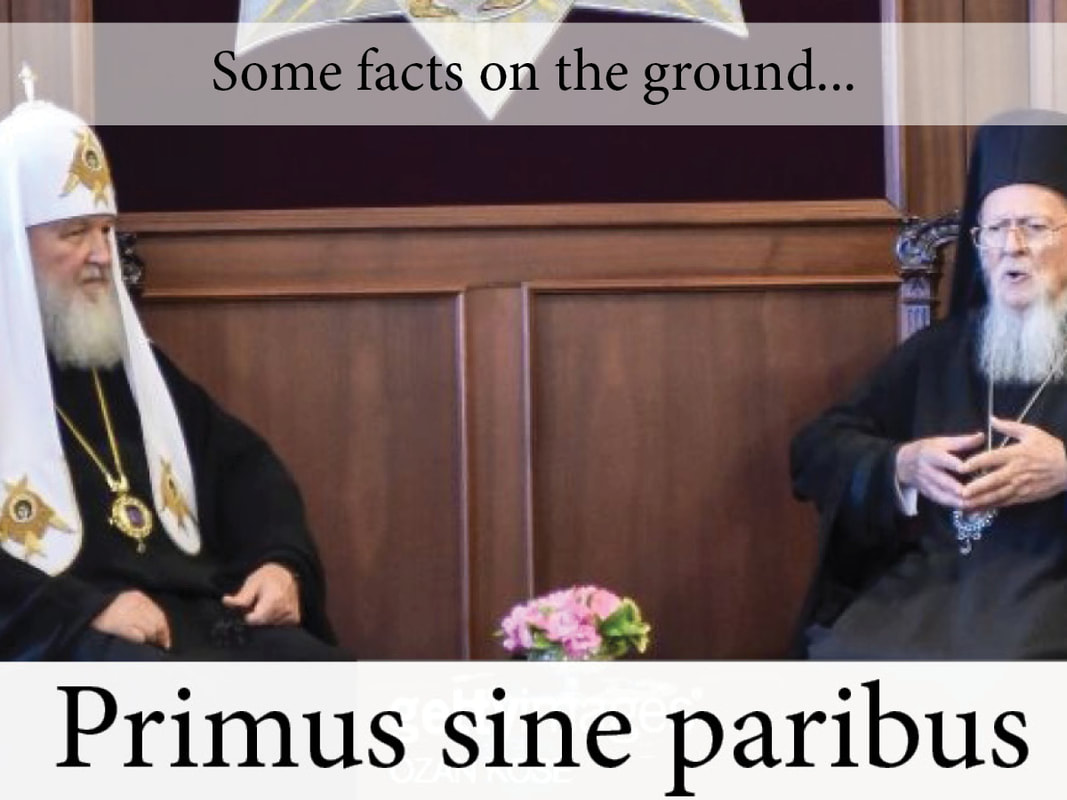
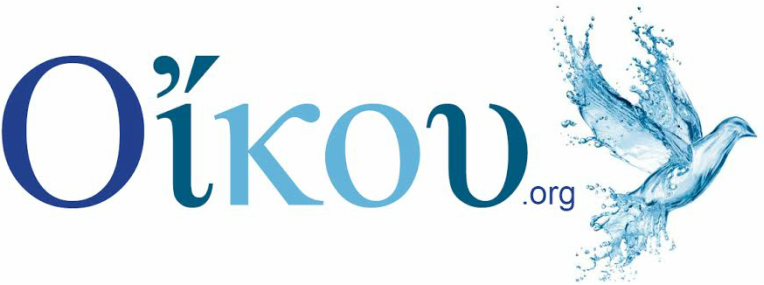
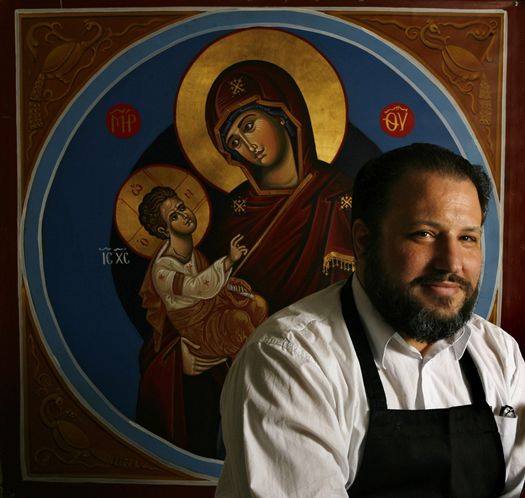
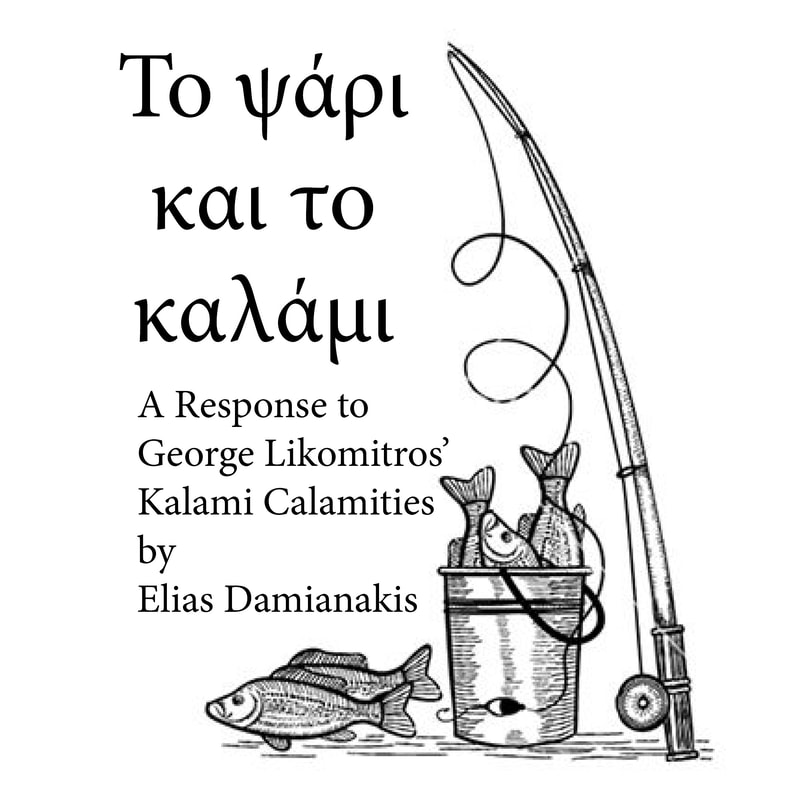
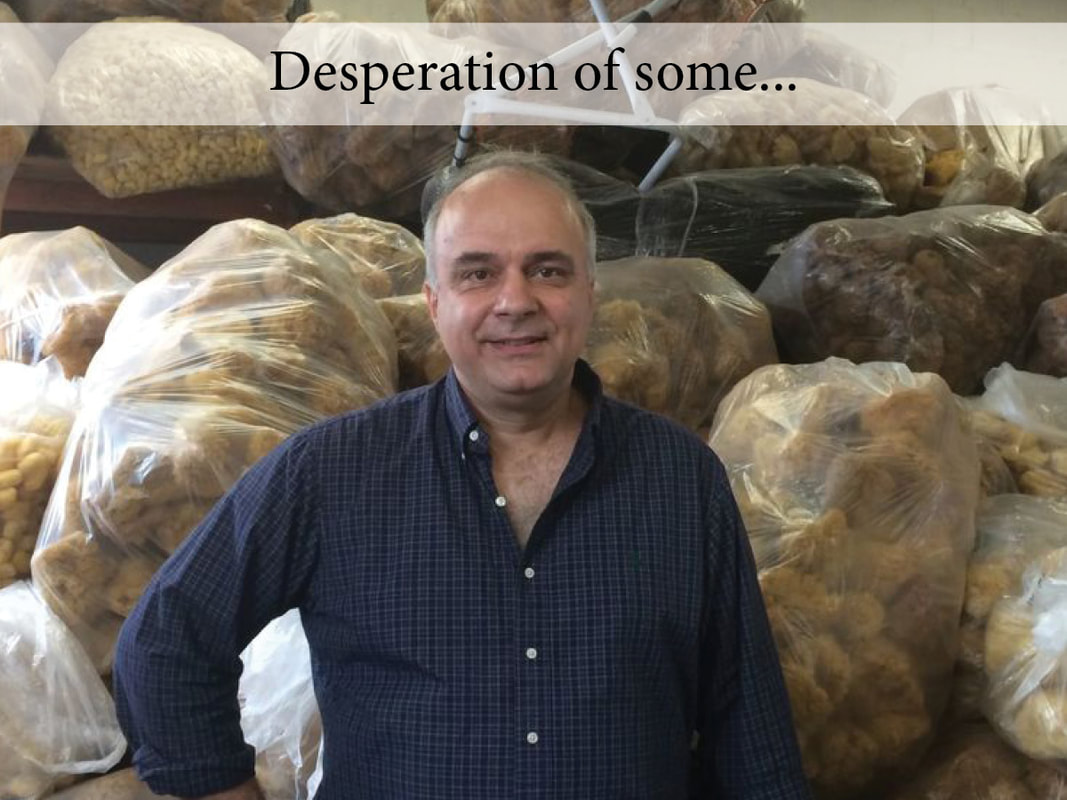
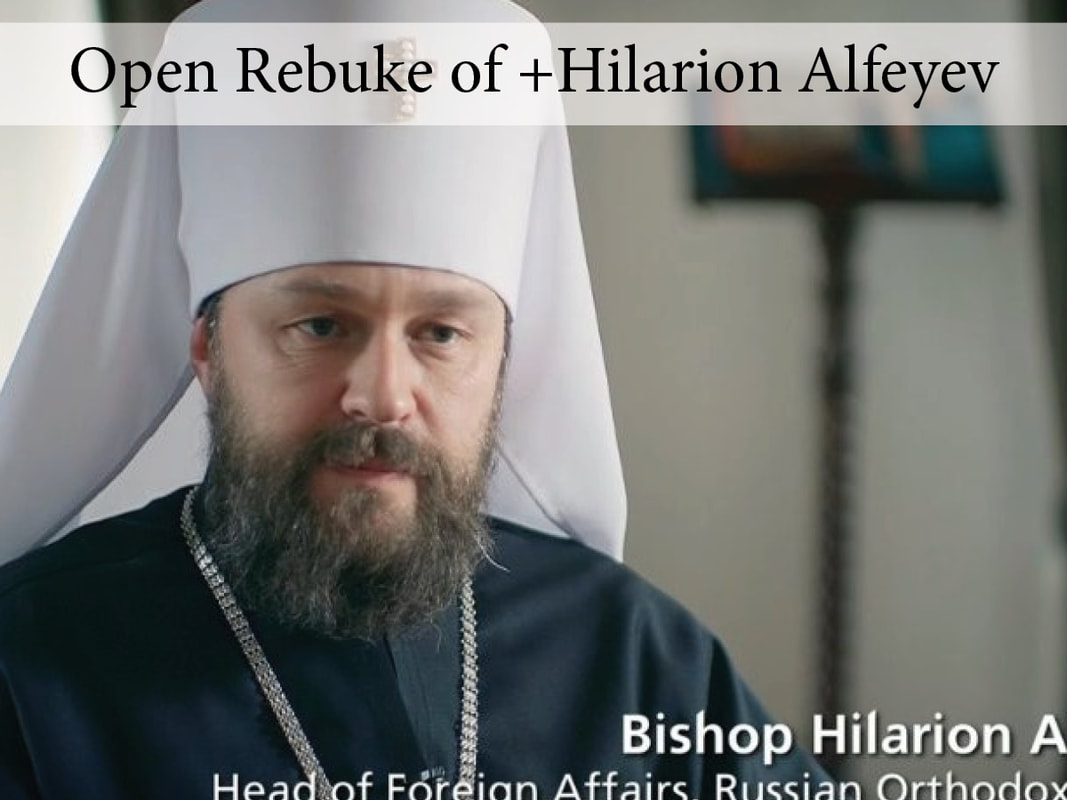
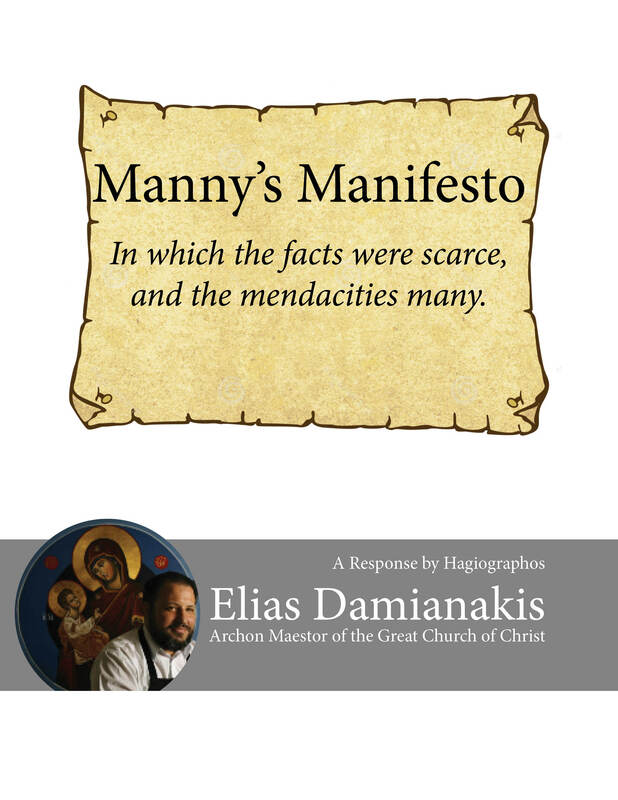
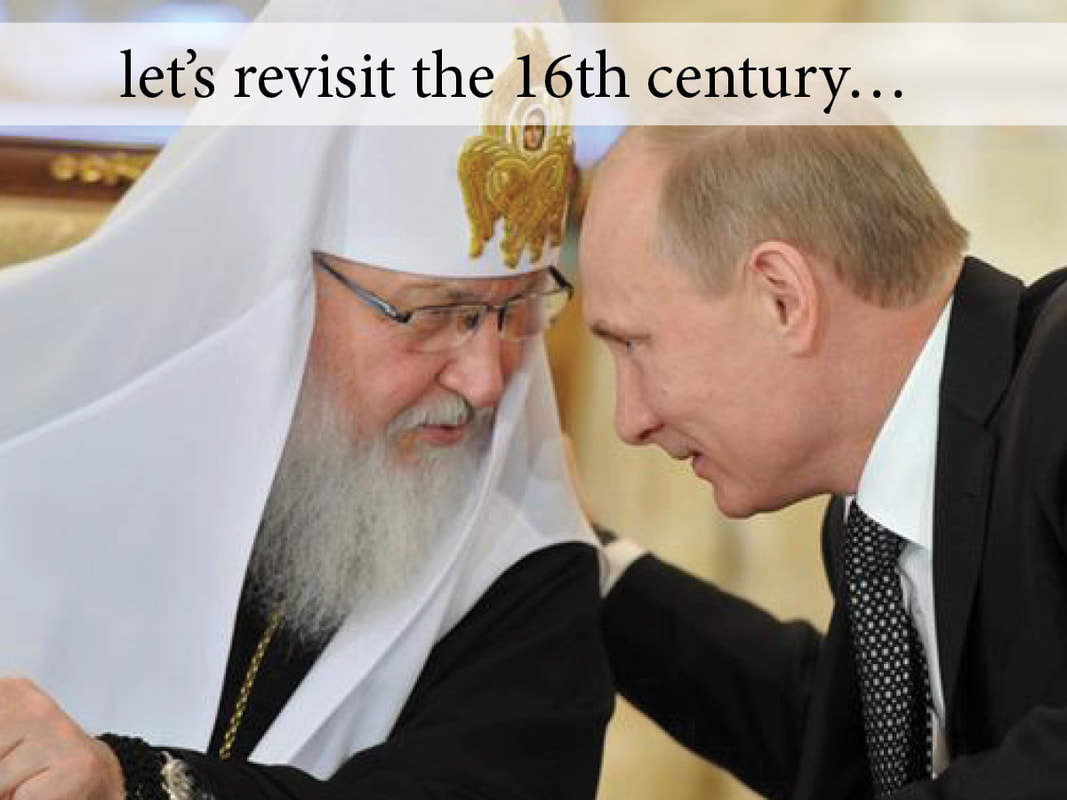
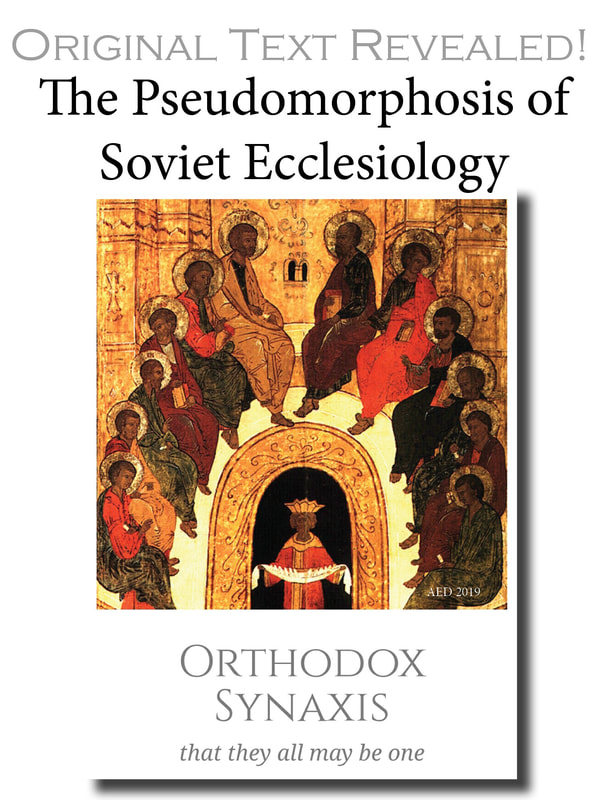
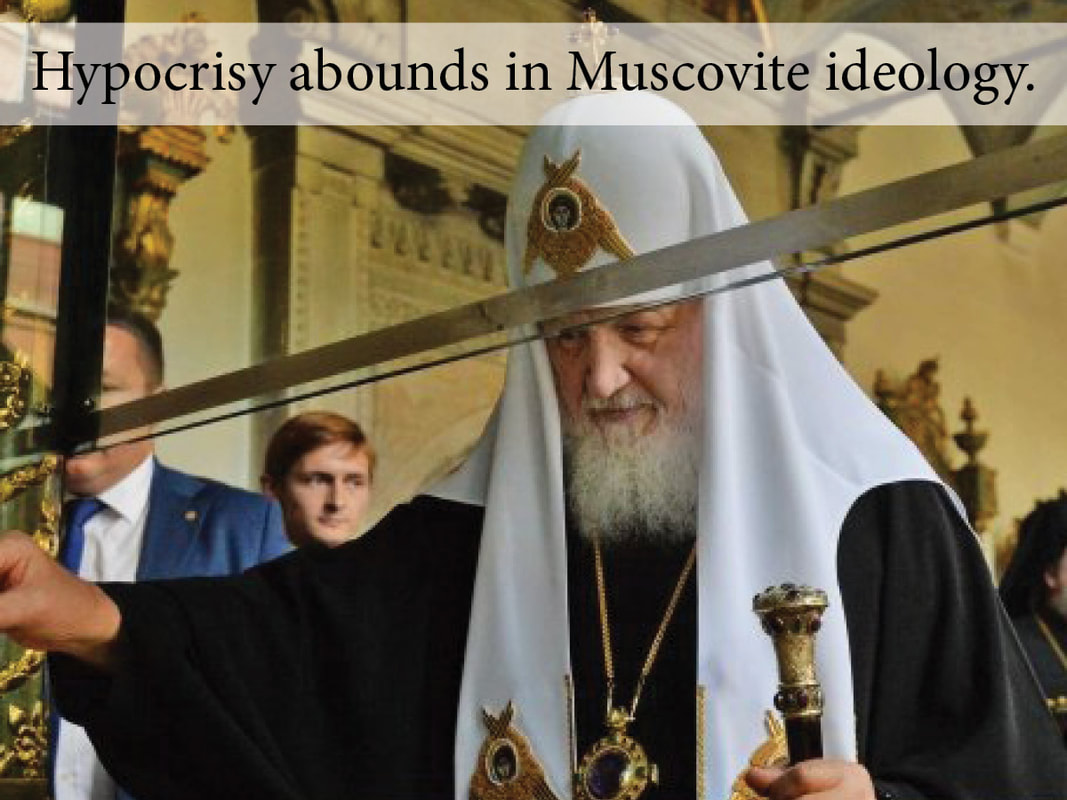
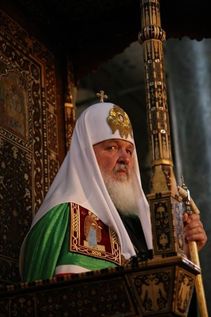
 RSS Feed
RSS Feed
